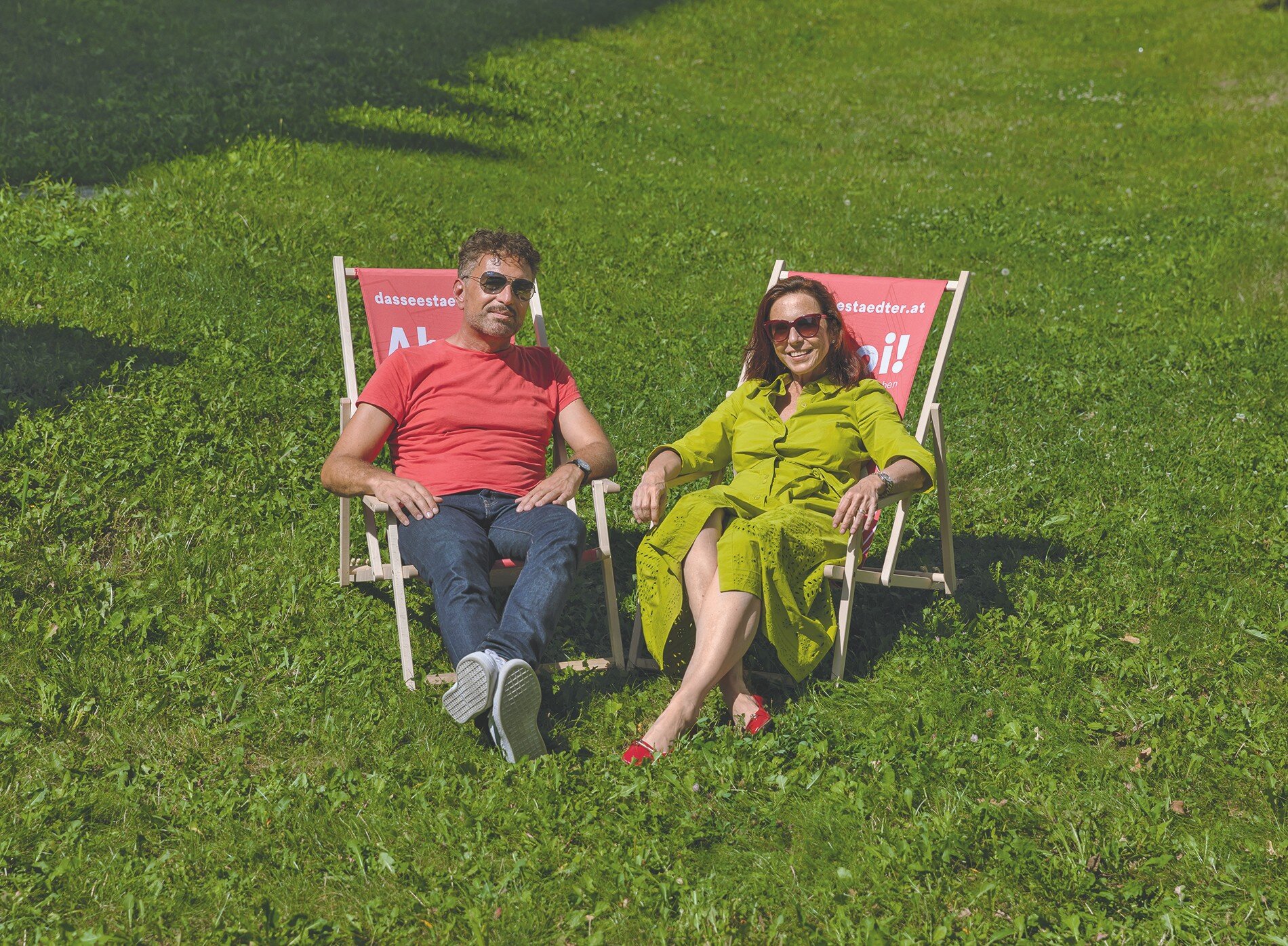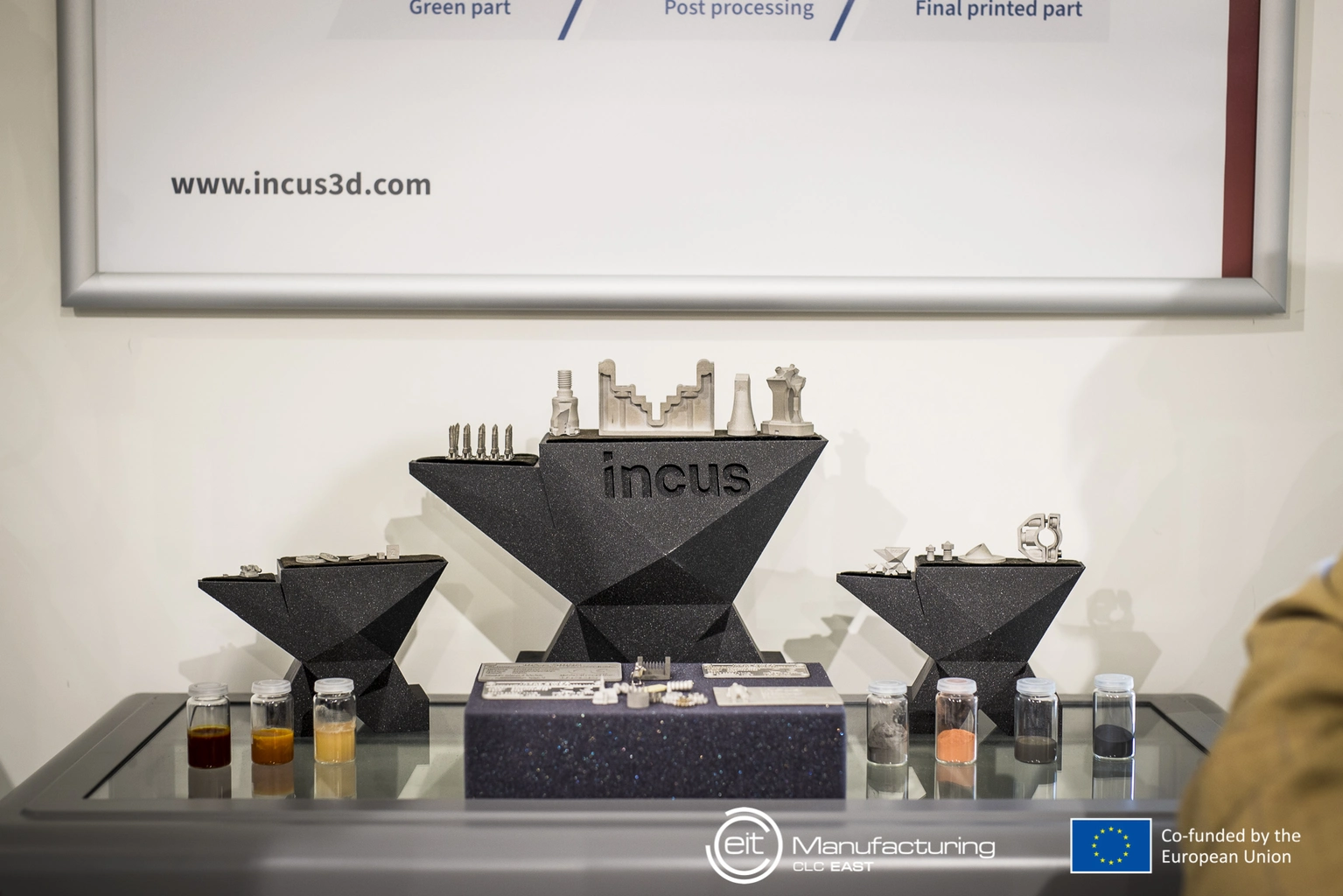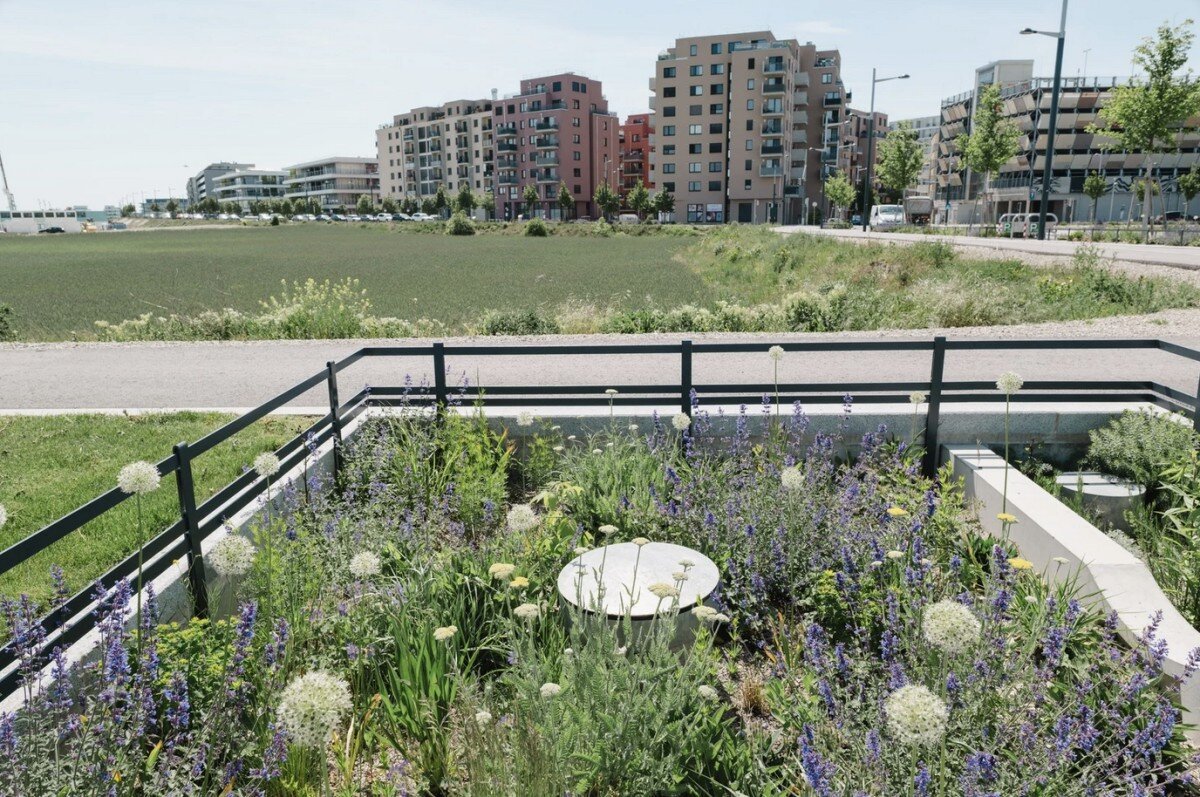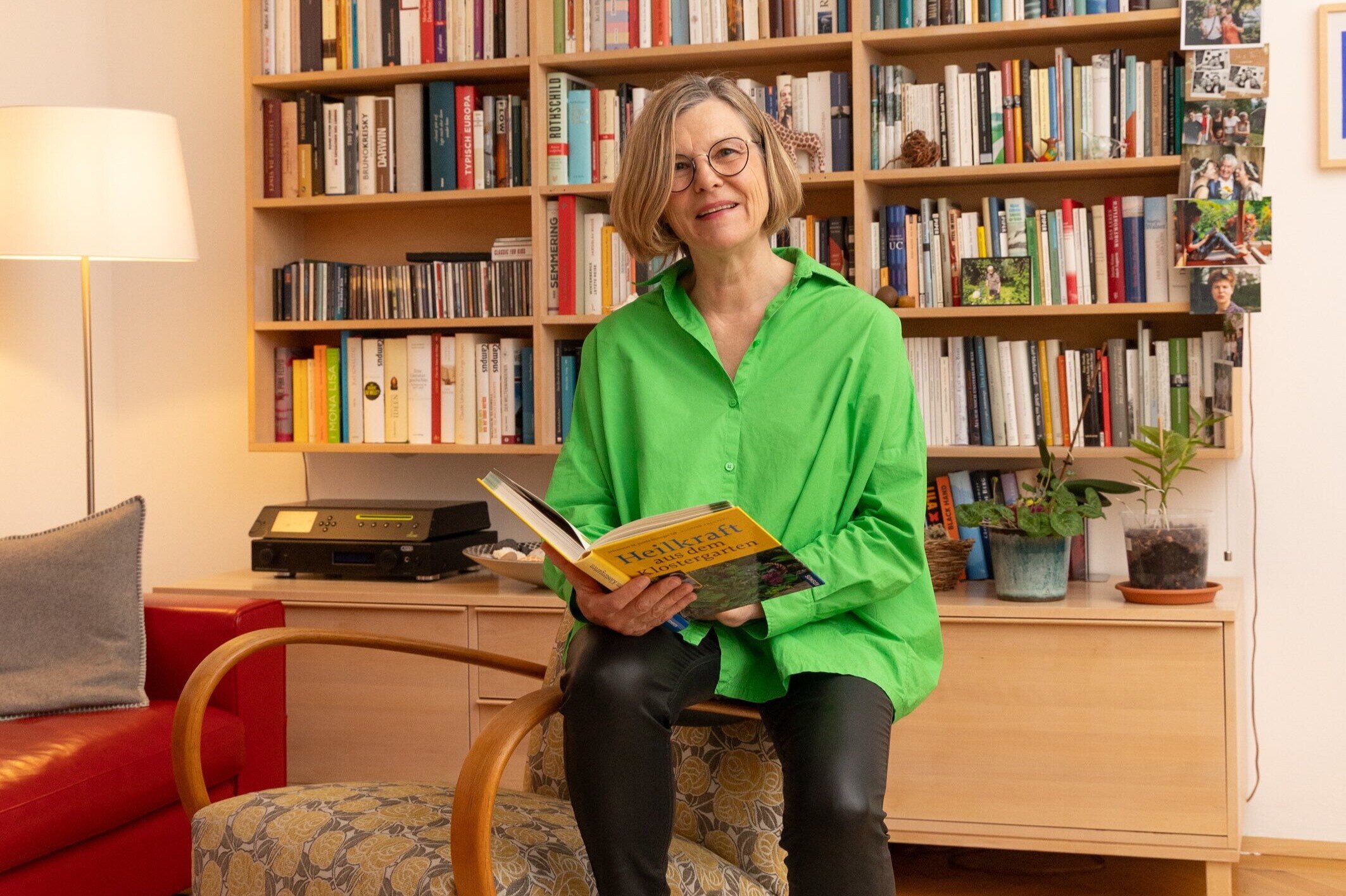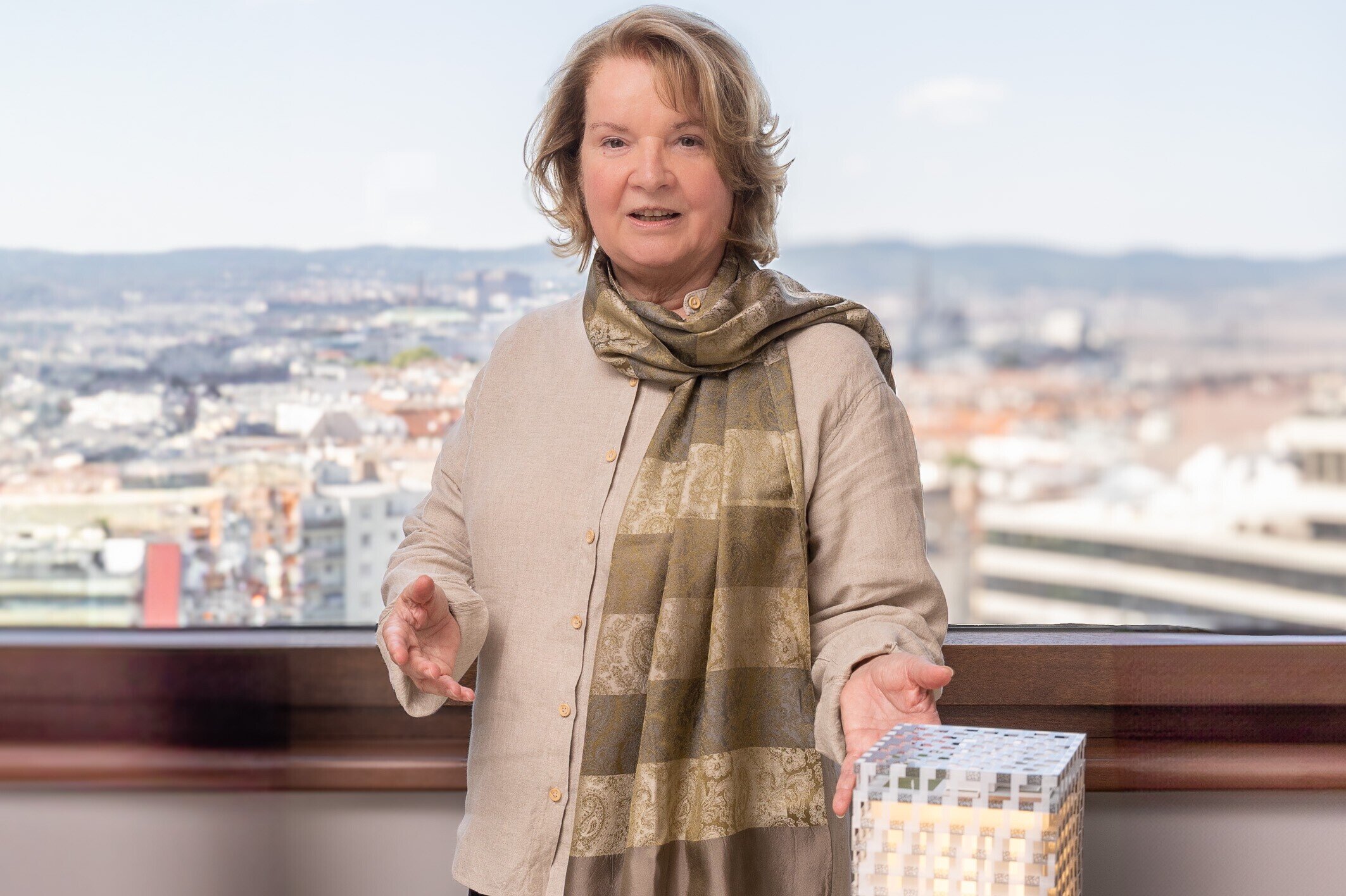By 2026, eleven buildings with a usable area of almost 20,000 square meters and a truly unique concept will be built on a key site directly on the eastern shore of the lake. As a pioneering model for the neighborhood of tomorrow, it aims to enable sustainable living and unite living and working under one roof, with a strong business ecosystem. However, the plans for this major project are not being made at the famous green table, but are being developed co-creatively with the future tenants of the residential and commercial spaces. They are involved in the planning from the very beginning, can contribute their wishes, ideas, and needs – and are truly heard. "workflow" interviewed the initiators Michaela Mischek-Lainer, Managing Director of Mischek Bauträger GmbH, and Herbert Bork, urban planner and department head at StadtLand, about the new pioneering project of ÖVW.
With the "Seestädter," a completely new neighborhood is being created, focusing on co-creation and collective intelligence. What exactly does that look like in practice?
Michaela Mischek: The basic idea was and is, after ten or fifteen years of development, to listen to Seestadt again, because time does not stand still. We want to ask business owners and residents what is needed so that those who already live there enjoy living there; and what is missing so that those who work there would also want to move in. We then presented this rough idea to 3420 aspern Development AG – and then, already co-creatively with the architects and based on studies, selected the right building site.
Herbert Bork: It is important to us that co-creation is not only lived during project development, but
continues afterwards. It’s about bringing together different worlds – for example, businesses and families.What are the advantages for the different tenants? Isn’t there a risk of getting in each other’s way?
Bork: Not at all, the only important thing is that someone curates it. Then, for example, companies from the same sector – our initial focus is on bike logistics and circular design – can help decide what they need. This starts with the design of the courtyard or open spaces and extends to the shared use of meeting rooms or a waste compactor. Flexible use of storage space is also possible, not just seasonally, but also if one business is experiencing a downturn while another is booming. In addition, companies can benefit from each other, for example in product development or prototyping.
Mischek: I also fundamentally believe that a climate-neutral neighborhood works better when the first choice for a problem or project is your neighbor and not someone who is 50 minutes away. Even though much is done online, it’s simply better when someone is on site. We use this geographical proximity down to the details. For example, we have managed to ensure that the contents of the organic waste bins are taken directly by MA48 to local farmers – which is not only more climate-neutral but also results in lower fees.
But the design of the living space is also planned co-creatively. How can future residents benefit and how can they get involved?
Mischek: There are also many special wishes and needs regarding living arrangements that can be considered in such a project. For example, I know two families who are friends and want a living arrangement where both have their own private space but also a shared communal area, such as a kitchen-living room, where they can share childcare. But something like this does not yet exist in the traditional housing market. The same goes for options for people with special medical needs that must be considered in their living situation.
Bork: Seestadt also has an extremely high proportion of children and offers fantastic childcare options. But sometimes you might need to work for two or three hours on a Saturday afternoon and don’t want to put your kids in external care again. Then I’m glad if I can go to a coworking space where my children can also be and come to me if needed. And I know what I’m talking about – I have three children myself...
How will this co-creative work continue in practice?
Mischek: In addition to the two focus areas of circular economy and bike logistics, the house community, where people live and work together, is the third major topic. For these three areas, we will actively reach out to the communities in the fall and approach users or residents who can imagine joining us in the process and, as a reward, receive a rental apartment. This will now happen through so-called calls for two of the eleven buildings – the community house and the studio house. You can find these on our website www.dasseestaedter.at/calls.A lot can happen in the three years until completion. How much commitment is required now?
Mischek: Basically, consumer protection applies to all our tenants just as it does to any tenant in other projects, no question. But as with other rental agreements, if you have very special requests that probably won’t suit others, you also make a stronger commitment. To give an example from traditional residential construction: If you have a five-sided purple bathtub installed, you will probably have to remove it again if you move out or don’t move in at all.


